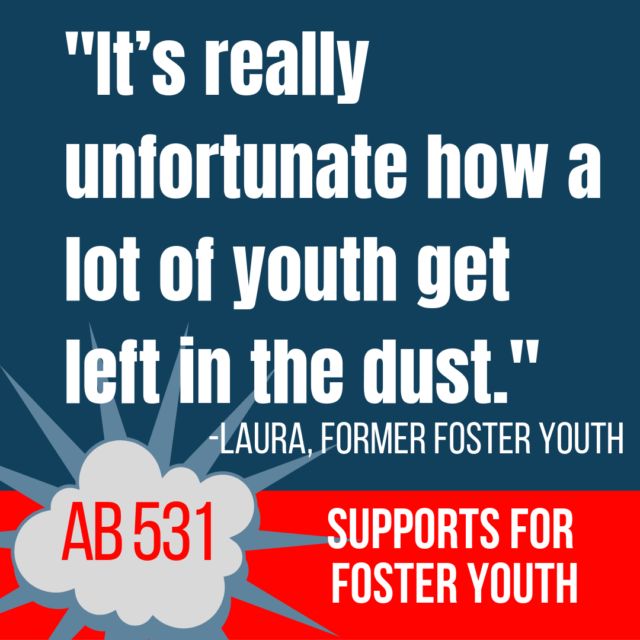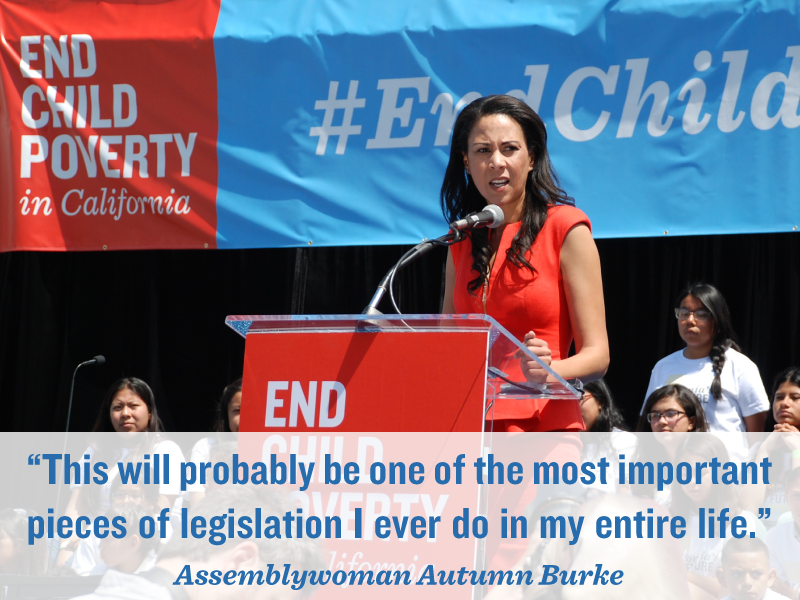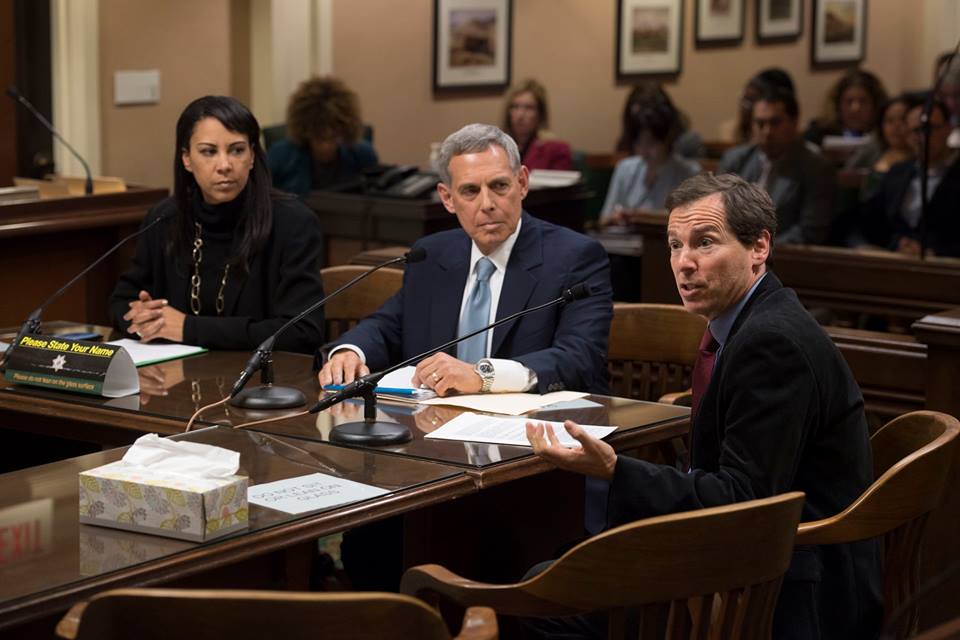ACTION: Get Loud for Child Care & Foster Youth
Child care and strong support for foster youth are two pieces of the End Child Poverty Plan facing upcoming hearings. (See below for good news about support for foster youth!)
The power of the End Child Poverty Plan is in its comprehensive approach. It tackles many factors that push families into poverty or keep them there. There’s no magic bullet. Get involved and stay involved: share this post and tweet or share to Facebook in support of the End Child Poverty Plan Legislation.
CHILD CARE: BUDGET HEARING + AB 194
ASSEMBLY BUDGET HEARING 3/26
TWEET THIS
We support expansion of #childcare for CA families. Parents are losing jobs because they can’t get care. Our families can’t wait. @AsmKevinMcCarty @Bill_Brough @J_GallagherAD3 @AsmMoniqueLimon @AsmJoseMedina @AsmMuratsuchi @AsmPatODonnell @PhilTing @JayObernolte #EndChildPoverty
CLICK TO RETWEET: https://twitter.com/EndChildPovCA/status/1110554014142197768
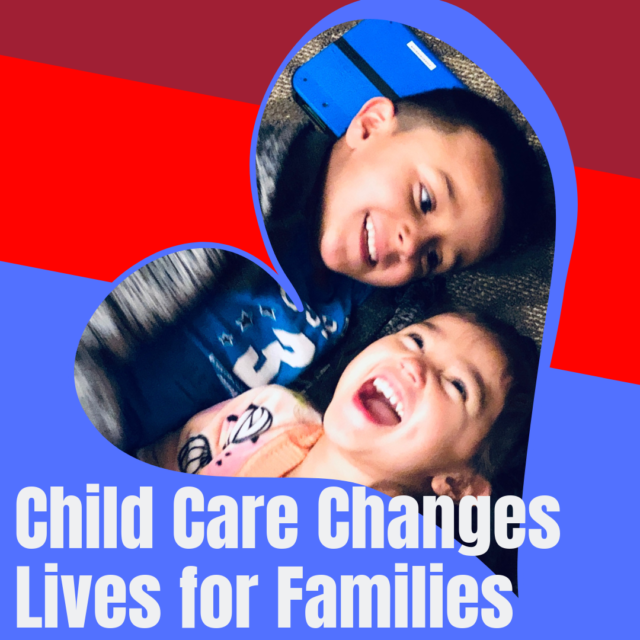
AB 194, Assemblymember Eloise Gómez Reyes (D- San Bernardino)
AB 194 will dramatically expand access to child care through a $1B investment, which is long overdue. Your tweets and social shares let our leaders know there’s deep support for expanding child care access and affordability.
TWEET THIS
Without child care, parents can’t work to provide for their families. Parents need affordable, reliable care. We support #AB194 (@AsmReyes47) to expand #childcare for CA families. #EndChildPoverty @AD26Mathis @AsmStevenChoi68 @laurafriedman43 @AsmMikeGipson @BMaienschein
Click to tweet: https://ctt.ac/bXm5Y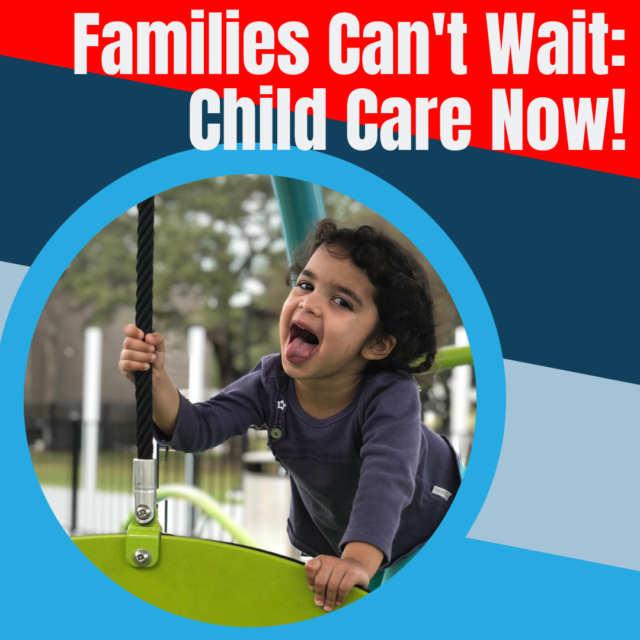
***
Child care is life-changing. Without it, parents can’t go to school to build their careers. We support #AB194 (@AsmReyes47) to expand #childcare for CA families. @AD26Mathis @AsmStevenChoi68 @laurafriedman43 @AsmMikeGipson @BMaienschein #EndChildPoverty #PassThePlan
Click to tweet: https://ctt.ac/yJOW4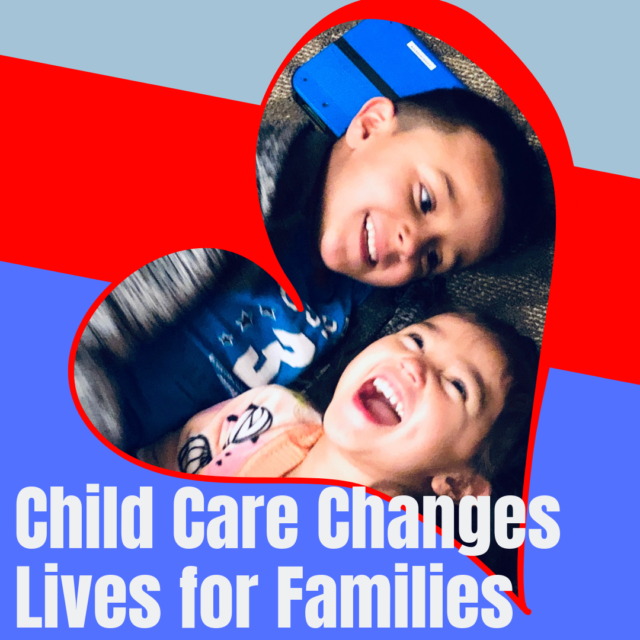
SUPPORTS FOR FOSTER YOUTH: AB 531
Assemblymember Laura Friedman (D-Glendale)
Foster youth experience homelessness and housing instability at much higher rates than their peers. In one survey, over 35% of youth experienced homelessness while enrolled in extended foster care. California has expanded its transitional-age programs for foster youth aged 18-24 in recent years. Now we need to fulfill our promise to support them with AB 531: increased access to safe, stable housing.
GOOD NEWS: AB 531 will be adopted unanimously. Help us say THANK YOU to the members of the Assembly Human Services Committee.
TWEET THIS
CA made a promise to #fosteryouth. THANK YOU @AsmReyes47 @AD26Mathis @AsmStevenChoi68 @laurafriedman43 @AsmMikeGipson @BMaienschein for helping keep it. #AB531 provides transitional housing support for foster youth as they become adults. #EndChildPoverty #PassThePlan
Click to tweet: https://ctt.ac/6yeET
